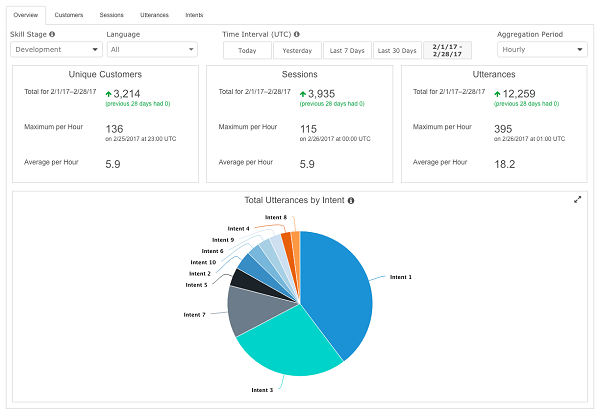Big Data and You: The Analytics of Amazon's Alexa

As you know, products that incorporate Amazon's Alexa voice system are highly interactive. Their intelligence is cloud-based; when you interact with the device, you are actually dealing with very sophisticated online algorithms that perform the function you're asking for. In addition, the algorithms also track and analyze aspects of the interaction.
Amazon recently offered a new tool set to Alexa developers and a quick peek at it shows just how detailed these analytics can be. Let's suppose that you own a pizza parlor and you offer a free Alexa app to your customers so they can more easily order pizza. With these tools in your app design, you can use software "skills" that can glean all sorts of information from that medium pepperoni.
For starters, you can ask the consumer for her street address, city, state, and zip code (using a mobile app, not via Alexa); if you're delivering pizzas, this is pretty handy. Perhaps more interesting, a metrics dashboard (one of the screens is pictured) lets you track unique customers, sessions, utterances (spoken words), and intent, that is, the action that fulfills the user's spoken request. Other data includes average number of sessions per customer, average number of spoken words by customer, time of day the app is used, total number of words, and how many words went unrecognized, and so on.
In other words, your pizzeria can use the dashboard to better understand who is ordering pizzas, and perhaps find ways to get them to order more pizzas, or perhaps attract more pizza customers. How many pizzas do you sell on Saturday nights compared to Tuesday nights? How many words does it take to order a pizza? Do people have a hard time pronouncing "anchovy"?
Your pizzeria would mainly use the data to sell pizzas. Other companies could use the data for many other purposes, could share the data, or sell it. You can read more about the dashboard here.
Voice command products, and the analytics and data mining behind them, are in their infancy. But even now, it's easy to see the light years separating them from traditional consumer products. Alexa-type products are, in every sense of the term, Trojan Horses that, among other things, are designed to use the product's interactivity to analyze your behavior. Record players didn't use to do that.





























































